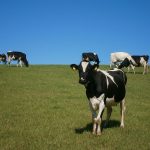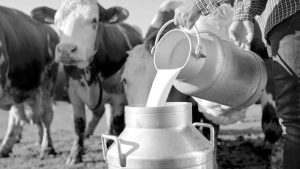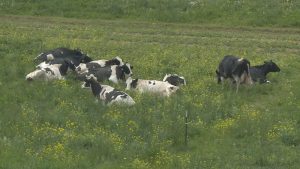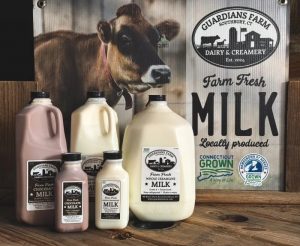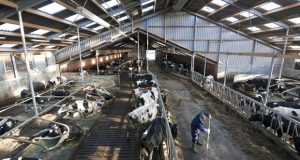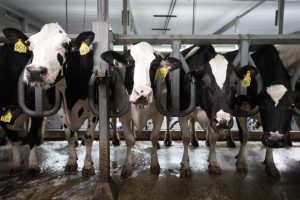
Dairy farmers lace up their boots and go to work, day-after-day, week-after-week. Afterall, dairying is truly a 24/7, 365-day commitment. What happens when a farmer takes a vacation, becomes ill or gets hurt? Developing a plan today, that can be put into action tomorrow when the owner or manager is gone is essential.
Penn State Extension strongly recommends farmers develop a plan for their dairy, and assistance to help begin the process of putting a contingency plan together is available through organizations like the Pennsylvania Center for Dairy Excellence.
A contingency plan is a written document that addresses specific considerations to your workforce, facilities and management practice. When developing a plan, farmers should delegate who is in charge, including who will replace that person if he/she gets sick, how the farm will handle the situation, as well as how communication to farm personnel and others that support the operation will be handled.
As the farm owner or manager, you might not be able to execute your contingency plan if you are sick, injured or are required to care for a sick family member. In this situation, this vital document will be the dairy’s lifeline and provide the workforce with the necessary information.
Professional speaker, family business consultant and farmer from West Branch, Iowa, Jolene Brown’s book, “If you could not farm, what would you do,” reminds people that everyone needs a plan B, especially farmers.
Brown adds that even if farmers never plan to leave the farm, having a mental option of what else you could or would do, gives farmers additional strength for creativity, necessary risk taking and flexibility in today’s changing times. “Plan B reduces the paralyzing, underlying fear of, ‘I must succeed because this is the only thing I can do.’ mindset,” Brown says.
Penn State Extension provides questions farmers should start thinking about to write a contingency plan for the farm, including:
-Create a log sheet for tracking any visitors including service providers and deliveries to your farm. Several templates are available online or make your own spreadsheet, documenting information such as date, time entering the farm, time exiting the farm, name of visitor, company and purpose of visit.
-Define, mark and direct all farm traffic to a designated entrance and place the log sheet there.
-Compile a contact list for your employees, including an accurate number to reach them. Frequently update this list, as employees and numbers can and will change.
-Make another list of all service providers and industry personnel with who your farm works, also double check their contact information for accuracy.
-Define the best way to reach everyone on those lists: group text, email or private group settings through social media or via a phone call.
-Think about all the tasks on the farm that are necessary for day-to-day operations. Who performs them? Who else knows how to do this? Do you need to train others to perform these tasks? Do you have written protocols that can help if someone else must step in to complete the task. Identify people who can help with these vital tasks?
Sit down with key members of the farm and draft a contingency plan for your dairy farm today. While owners and farm mangers have many talents and skills, you never know what tomorrow will bring. “Run with your vision and passion and put them to full use on your farm,” Brown says. “If you choose to change directions or are forced to, remember, there’s no shame in this change. Use your network for support and explore leads for opportunities today.”
For more information on contingency plans, visit http://www.JoleneBrown.com or http://www.centerfordairyexcellence.org.


